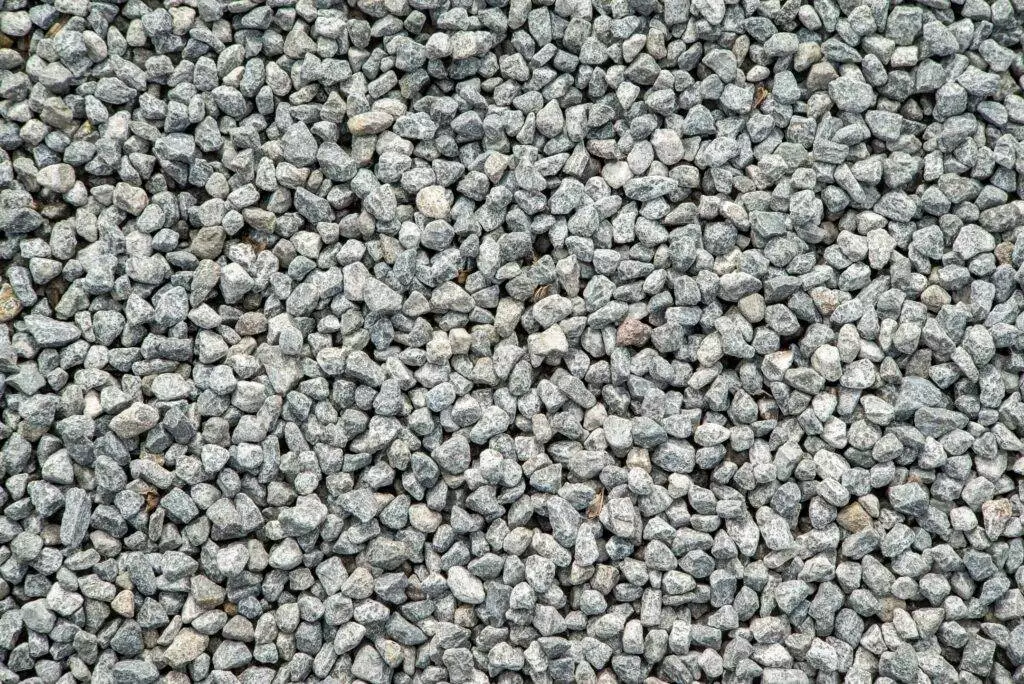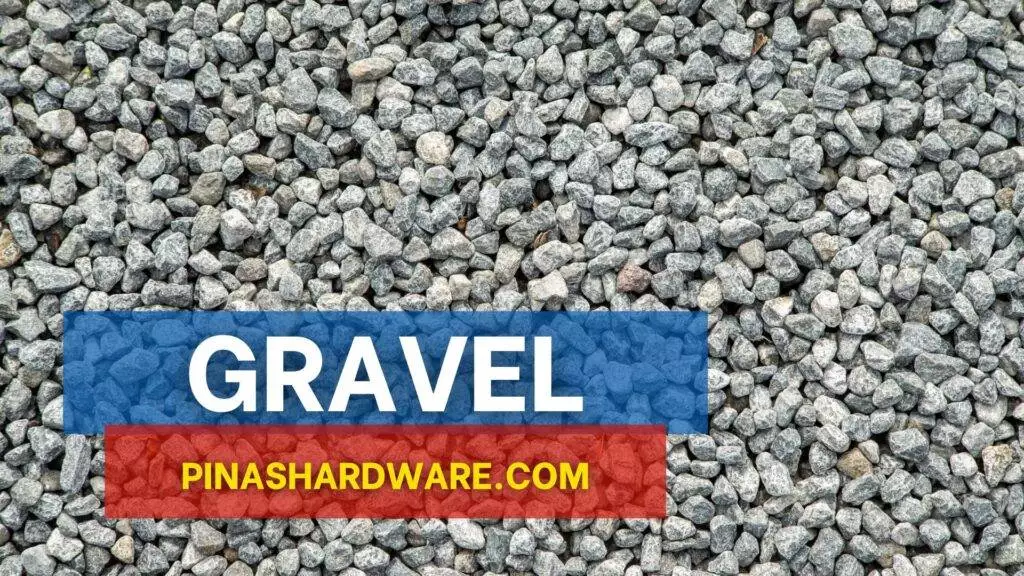Gravel is a type of rock material that is composed of small rock fragments that are formed naturally through the erosion and weathering of larger rocks. These rock materials vary in size ranging from pebbles to boulders that are commonly found in river beds, beaches, and other geological deposits. Gravel is used for a variety of purposes in construction applications such as a base material for roads, driveways, and pathways due to its ability to provide a stable foundation that can withstand heavy loads.
Gravel Prices
The price of gravel can vary depending on its quality, typically starting at ₱420.00 and ranging up to ₱530.00 on average.
| Details | Unit | Price |
| Gravel G1 | cu.m. | ₱530.00 |
| Gravel GI – ½” | cu.m. | ₱435.00 |
| Gravel G2 | cu.m. | ₱420.00 |
| Gravel G2-½” | cu.m. | ₱420.00 |
| Gravel ¾” | cu.m. | ₱440.00 |

Advantages of Gravel
Cost-Effective – Gravel is significantly cheaper than other materials such as concrete, asphalt, and pavers, which is why it is considered to be one of the most used materials for large areas that need paving.
Permeability – One advantage of gravel is its permeability, which can help prevent puddling and reduce the risk of flooding in heavy rain. This is made possible because gravel is made up of small, loose stones that allow water to easily drain through.
Versatility – Gravel comes in a variety of sizes, shapes, and colors which gives way to a high degree of customization, making it suitable for a wide range of aesthetic requirements and design preferences.
Disadvantages of Gravel
Maintenance – While gravel requires less maintenance than other paving materials, it still needs to be regularly raked and replenished to maintain its appearance and functionality as it can still become compacted or displaced over time.
Stability – Gravel is considerably less stable underfoot than solid paving materials such as concrete or asphalt, which makes it unusable in areas such as driveways or pathways that are used frequently by vehicles.
Accessibility – The uneven surface of gravel makes it difficult to walk, drive, and navigate, especially for people who need wheeled equipment, such as strollers or wheelchairs.
Erosion – Gravel can be easily eroded due to rainfall which can be a problem as it will lead to the loss of material over time. This problem can be mitigated by frequent maintenance such as adding more gravel or installing an edging that will help contain the gravel.
FAQs
What is gravel used in?
Gravel is used in various applications such as:
- Construction
- Landscaping
- Aquariums
- Erosion Control
What type of rock is gravel?
Gravel is typically made up of basalt, limestone, and sandstone ranging in sizes from 2 mm to 75 mm.
What is gravel in soil?
In soil, gravel refers to the coarse particles of rock that are larger than sand but are considerably smaller when compared to pebbles.
Is gravel the same as stone?
Stone is a broader term that refers to any type of rock material, gravel included.
Why is it called gravel?
The term gravel originated from the Old French word gravele which meant coarse sand or pebbles, to it may have been derived from the Latin word grabatus, which meant “a place covered with gravel.”

